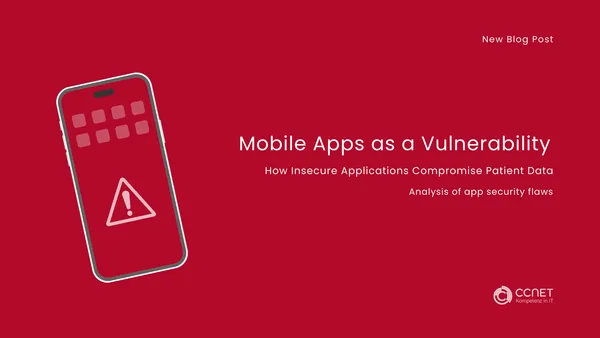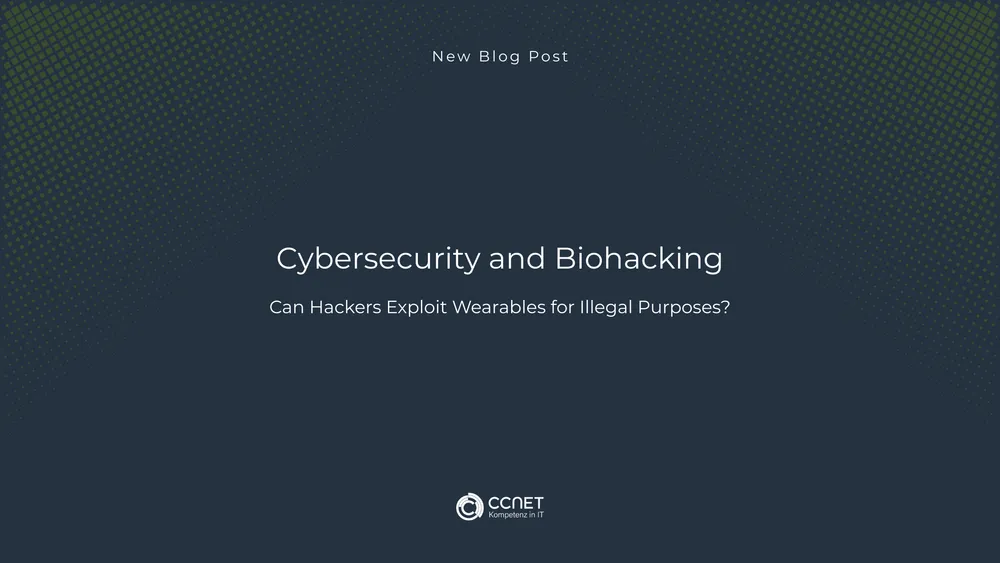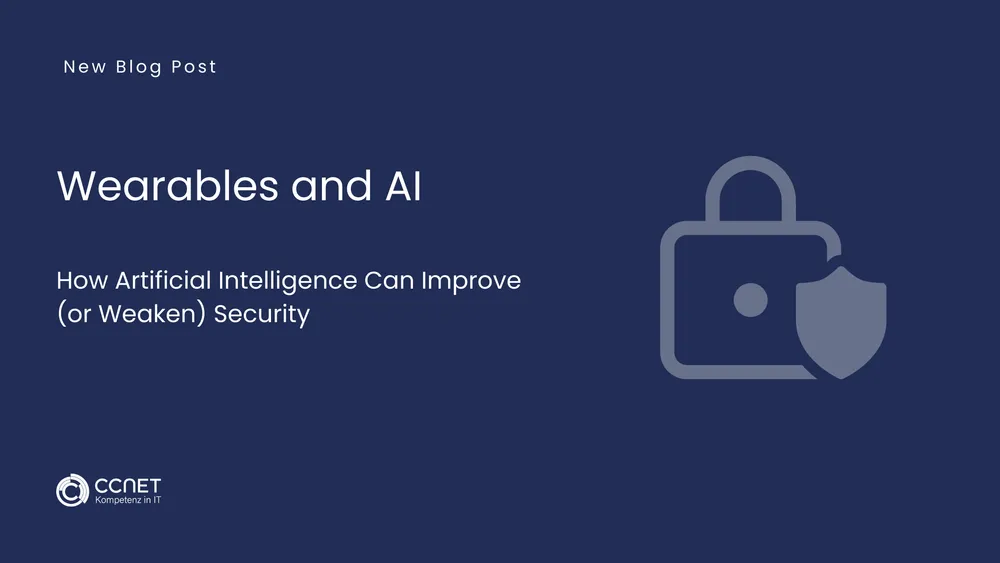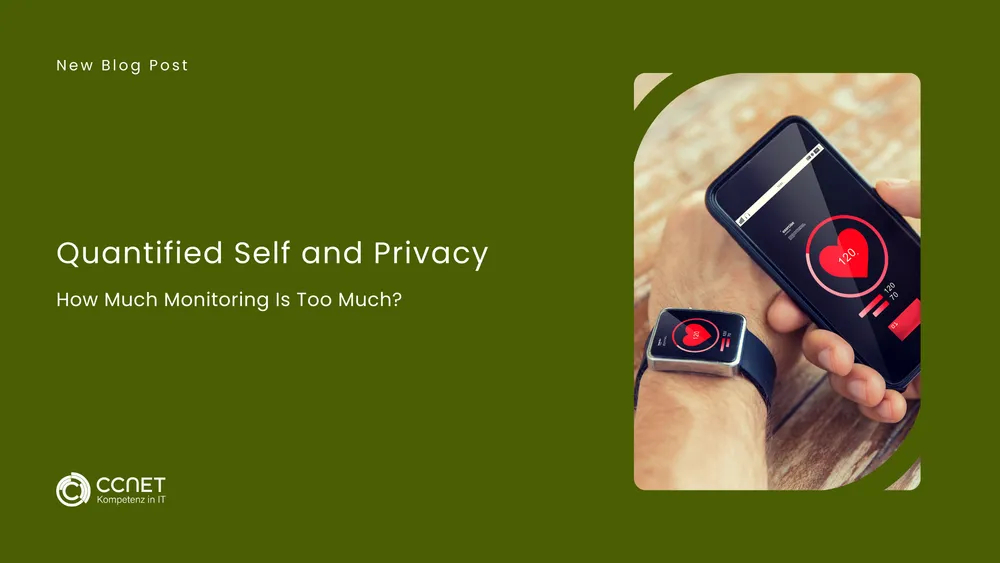
CCNet
Jun 13, 2025 • 3 min read

Mobile Apps as a Vulnerability: How Insecure Applications Compromise Patient Data - Analysis of app security flaws
Modern medical wearables are almost unusable without their associated mobile applications. These apps collect, process, and transmit sensitive health data and serve as the central interface between users and cloud infrastructure. However, this is precisely where significant security risks arise. Insecure apps can allow attackers to access confidential health information, compromising not only user privacy but also the integrity of the data. In this article, we highlight the most common vulnerabilities in mobile apps for wearables and outline the necessary protective measures.
1. Missing or Weak Encryption
Many apps transmit health data without encryption or use insecure encryption algorithms. This allows attackers to intercept the data traffic and read sensitive information such as heart rate values or activity logs. Without comprehensive end-to-end encryption, data security remains incomplete.
2. Insecure API Interfaces
Mobile apps often communicate with cloud servers or third-party services via APIs. If these interfaces are not adequately secured, attackers can manipulate requests, gain unauthorized access to data, or even inject falsified data into the system.
3. Lack of Authentication and Authorization Controls
Many apps rely on simple authentication methods such as passwords, which are often weak or reused. Without multi-factor authentication (MFA), access to the app remains vulnerable to brute-force attacks or phishing attempts. Poor access control within the app can also result in users unintentionally receiving more privileges than necessary.
4. Security Flaws in Third-Party Libraries
Many mobile apps use prebuilt libraries and frameworks from third parties to implement features such as data analytics or cloud synchronization. These libraries can be outdated or insecure, creating potential attack vectors for cybercriminals.
5. Insecure Data Storage on the Device
Some apps store sensitive health data directly on the user's smartphone, often in unprotected areas of the file system. If the device is stolen or compromised, this data can be easily extracted. More secure solutions such as encrypted storage or secure enclaves are often not implemented.
Best Practices for Securing Mobile Apps for Wearables
To improve the security of mobile applications for medical wearables, developers and users should focus on the following measures:
-
Implement end-to-end encryption for all data transmissions.
-
Use API security mechanisms such as OAuth 2.0 and rate limiting to prevent unauthorized access.
-
Enable multi-factor authentication (MFA) to secure app access.
-
Provide and install regular updates and security patches.
-
Use secure storage solutions to protect health data stored locally.
Conclusion: Apps as a Critical Security Factor
Mobile apps are the bridge between users and medical wearables—and at the same time one of the biggest security vulnerabilities. Manufacturers must ensure their apps comply with modern security standards, while users should be educated to keep their apps updated and use secure login credentials.
In the next article, we will focus on another critical topic:
“Wearables and Backend Security – How Attacks on Server Infrastructure Can Compromise Patient Data.”
FAQ about Wearables
Why is encryption in mobile apps for wearables so important?
Without strong end-to-end encryption, attackers can intercept data traffic and access sensitive health information such as heart rate or activity logs.
What risks arise from insecure API interfaces?
Insufficiently protected APIs allow attackers to manipulate requests, gain unauthorized access to health data, or inject falsified data into the system.
What happens if apps do not provide secure authentication?
Weak passwords or missing multi-factor authentication leave apps vulnerable to brute-force attacks, phishing, and unauthorized access.
Why are third-party libraries a security risk?
Outdated or insecure libraries may contain vulnerabilities that cybercriminals can exploit.
What are the dangers of insecure data storage on devices?
If health data is stored unencrypted on a smartphone, it can easily be extracted in case of theft or device compromise.
What protective measures should be implemented?
Key measures include end-to-end encryption, secure API mechanisms such as OAuth 2.0, multi-factor authentication, regular updates, and encrypted storage solutions.


